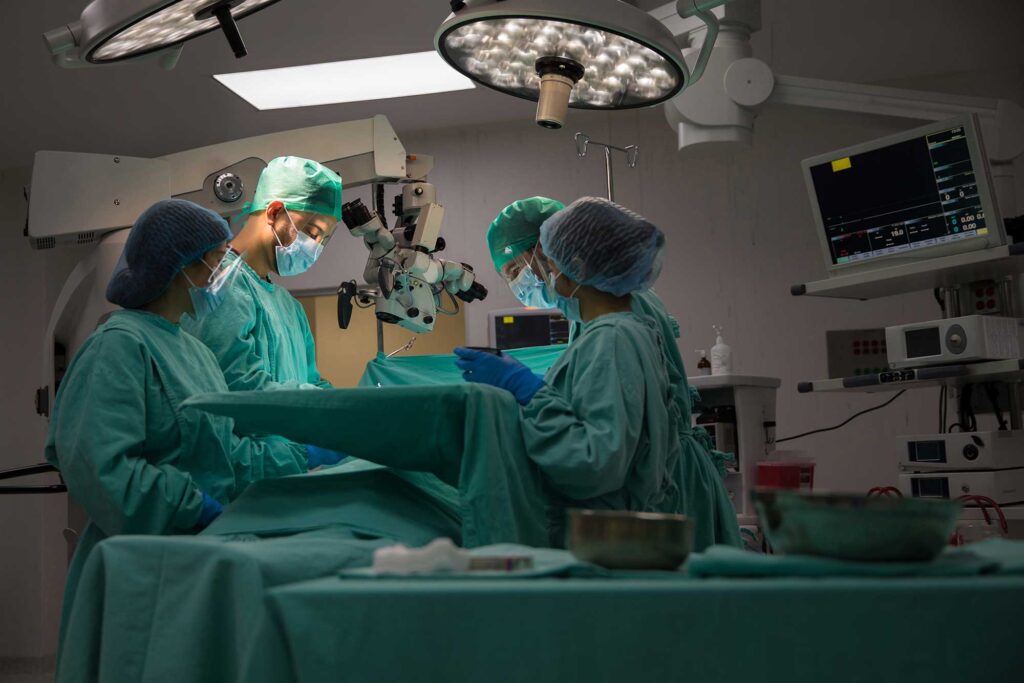Hospital ER: Why you need a realtime artificial intelligence solution and a stale warehouse is not enough anymore
Hospital ERs are chaotic by their very nature as most of the visits are unplanned. The ER is also a significant gateway to admissions into most hospitals making it an ideal location for implementing a realtime artificial intelligence solution.
Let’s explore further.
Managing ER Workflow and Throughput
The ER director, charge nurse and other managers that need to manage the workflow and throughput of an ER are constantly under pressure to meet several key performance indicators:
- Door to Nurse
- Door to Provider
- Door to Discharge
- Door to transfer
A lot of gains can be obtained by intelligently tweaking the workflow. Having a provider meet the patient in the Triage area instead of in the procedure room can help with ordering tests a few minutes earlier and also preparing discharge instructions so the total length of stay is positively impacted.
Targeting Decision Systems within the ER
A lot of software has been developed over the years that targeted the decision systems within ER with analysis of the patient flow over time using various factors. Using these data warehouse and analytical techniques the ER management is often able to make much better decisions regarding staff levels, estimation of the number of additional beds that may be needed and estimating the levels of equipment needed.
These tools are mostly used periodically and the estimates are constantly tweaked. Once adjustments are made and the key performance indicators are measured the process needs to be repeated.
This is a drain on resources and also could be expensive if costly external consultants are needed to execute the process.
Changing How ERs Operate with AI Algorithms
The advent of AI algorithms has the potential to change the way the ER operates. Prior to the advent of AI algorithms the projections and estimates were more or less static or post mortem.
One can think of this as driving on the road and managing our days scheduled without all the modern tools such as Waze or Google maps. These nifty utilities utilize state of the art AI capabilities to project traffic loads and provide constant feedback on roadblocks, estimates of time it may take for the road blocks to get cleared and of course very accurate projections of how long it would take to complete the journey.
Modeling ER Process Flows and Using Pattern Recognition
The process flow within ER, as complicated as it is, can still be modeled using AI models and interpreted using pattern recognition. Once the algorithm starts to learn the patterns within a ER it can start generating real time predictions.
The advantage of using AI algorithms and machine learning versus traditional programming techniques is that the AI and machine learning algorithms can take in a lot more factors into account. If a traditional software program needs to provide estimates on how long a patient would need to wait for a specific activity in the ER and it needed to consider over a few dozen variables the programming logic would get progressively complicated and would be difficult not just to create but would be even more cumbersome to manage.
Creating the specifications of how each of the factors affect the outcome would also be very challenging and would require a lot of input from very busy hospital staff.
Collect More Historical Data for Iterative Learning About the ER
With the advent of the new AI techniques this becomes more feasible. It is possible to collect a lot of historical data and use that data to create a learning process where the system iteratively learns which of the factors have a greater influence on the estimate.
The Result? Better Hospital ER Predictions
A lot of the predictions needed for the modern-day ER can now be computed using the new AI algorithm and machine learning tool kits.
Using these utilities it is possible to predict how long a lab test would take, how long a prescription can be delivered to the ER and which equipment is needed in the afternoon today. Since these ER engines are geared towards real-time predictions and provide near real-time results these tools can be used on the ER floor on a continuous basis and not as a periodic or post mortem exercise.
The advent of more APIs from the EHR vendors has made this even more feasible. Since the Tagnos engine runs in the cloud there is no need for additional hospital infrastructure, unless a hosted model is preferable in which case Tagnos can accommodate that.
Tagnos is working with a few of our existing customers to implement this in the ER. This is projected to help reduce the lab times by 20%, length of stay in the ER by 5-10% and provide additional revenue to the hospital.
>> See Client Success
The more accurate prediction would also positively impact the patient satisfaction as the hospital staff can now convey more accurate wait times to the patients and their families.
About TAGNOS
TAGNOS is the future of clinical automation software solutions with Artificial Intelligence. It is the only platform offering predictive analytics utilizing machine learning and RTLS. This groundbreaking platform leverages historical patient data continuously and adjusts operational intelligence to provide sustainable improvement to both the patient experience and metrics.
TAGNOS provides clinical systems integration, customizable reporting, dashboards, alerts, critical communication with staff and family to improve turnaround times, supporting patient flow, workflow orchestration, and asset management.
In the course of 13 months, hospitals see a 12.7% reduction in its overall cycle time – saving an average of 40 minutes from each case and over $1.6M per year – more than 11x the typical investment.
Note: We originally published this article on 08/07/2018, and have updated it.


